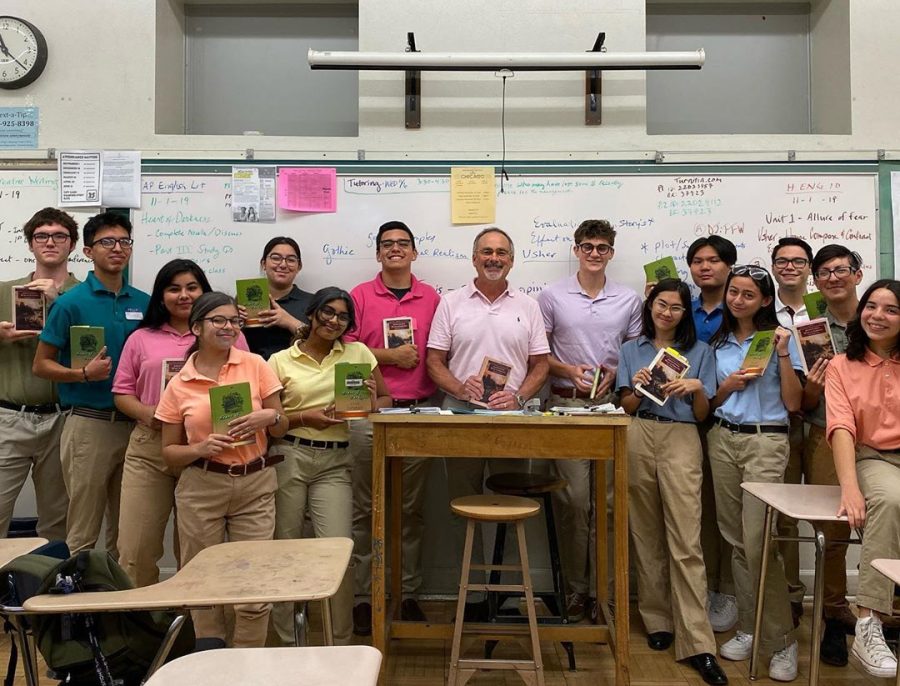Dear Southern California students: Please come to class!
This article was originally published, May 10, 2020, in the Los Angeles Daily News, the Pasadena Star News, the Whittier Star News, the San Gabriel Valley Tribune, and the Long Beach Press Telegram.
Dear students,
Like you, we teachers had little warning or training for what we were about to embark upon all those weeks ago. But the date March 13 remains burned into my brain as the point of demarcation between before and now, normal and strange, OK and scary.
This past weekend as I worked — as I have each Saturday and Sunday since the coronavirus closure began — on piled-up assignments and lesson preparations, I saw evidence of what I already knew: Students have been drifting away from “school,” such as it is.
In my two Honors English 10 sections, some 55% of you are showing up to Zoom meetings and not submitting assigned reading journal entries, annotations and analyses. My three AP English Lit sections are slightly worse, with an average of 52% showing up. My journalism/creative writing elective is the worst; about 25% of the reporters are writing news stories.
So, students, what’s up with the attendance fall off? Every teacher I know is working harder than ever. It takes substantial time and effort to invent new ways of engaging you while still ensuring that you are meeting our Common Core standards and Advanced Placement skills. Every teacher I know cares deeply about students’ academic achievement and personal well-being, and has been scrambling to engage in the added professional development requirements set by the Los Angeles Unified School District.
Our first week, we were “invited” by the district to do about 14 hours of online study about remote learning. And now a whole bunch of us are going to do 30 hours more to earn “Future Ready Certification.” All this while teaching a full load of classes, which if everyone showed up, would mean teaching 171 students. But there’s the thing. On the best days, only about 95 of you are coming to school. And it’s way lower on many other days.
Students, responding to my emails, have indicated they’re struggling with motivation. And then there’s “It’s so much work!” Or “I need my sleep time.” Yesterday, I received two emails from students explaining that their gardeners had clipped the internet cables. There are also a surprising number of students who are working real jobs during our online learning. Working to help support their families, very likely in quarantine-imposed financial duress.
Here’s the kicker: No student will get lower than the grade they had on closure day. No one will receive an F for the semester, even if they had one at the time of the closure and have done nothing since then. Student grades can go up, but they cannot go down. Students ask why they should bother, given that if they had an A on March 13, they’ll have — without doing anything — an A on June 13. Teachers are stuck with trying to motivate students to come to school for the sake of learning itself. Though this is pretty much the reason most teachers become teachers in the first place: the intrinsic satisfaction of sharing what we know for the sake of itself. We certainly don’t do it to get rich.
So, students, as with Hamlet, maybe it isn’t whether one should bear the whips and scorns of time (who wants to do that?). Perhaps it’s about making the most of the time and opportunities we have before us. “Carpe diem, dudes,” I wrote in a recent Schoology post to students. Let’s work together in the ephemeral now toward that future of yours. Let’s show the naysayers that we can — like the world — work together to overcome and make the most of these strange days.
Your donation will support the student journalists of North Hollywood High School. Your contribution will allow us to purchase equipment and cover our annual website hosting costs.

